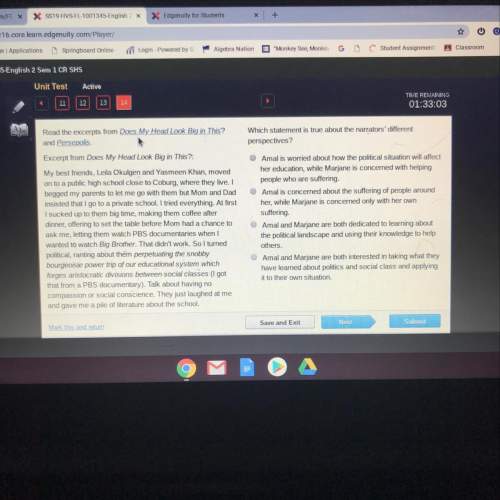
English, 01.05.2021 23:10 mruffier8909
The 15th–18th centuries were an age of exploration. Many people in Europe were searching for a better life with greater opportunities. The desire for a better life led many to journey across the ocean to find new land to settle. Many European explorers landed in what they called the New World, which would later be called North America. These explorations were filled with challenges.
The first challenge faced by many explorers was money. They needed financial backing to fund the ships, cargo, and crew required to make such a long journey. The solution was royalty, and explorers would approach kings and queens to convince them to invest in their voyages. If the king and queen agreed, then the explorer would have the money needed to fund an expedition. In return, any lands discovered during the voyage were claimed by that country.
The next step was to obtain a seaworthy ship. Many ships were built during the age of exploration, but not all could handle a trip across the Atlantic Ocean. New ship designs were meant to suit long voyages. One such type was called a caravel, which was a small ship created for exploration in the 1400s. This type of ship was equipped with cargo space for voyages up to one year in length. Caravels were also considered seaworthy because they could travel about 90–100 miles per day.
Once aboard, the explorers set sail and used maps to navigate through known territory. The maps were not useful when sailors could not see land or when they were in unknown territory. How would they navigate across the vast Atlantic Ocean without any land markers to guide them? This problem led to the invention of navigation equipment. Compasses have a magnetized metal needle that always points north. Sailors use them as a point of reference to tell if their ship is in the right position to move forward. In order to find their location, sailors used astrolabes, sextants, cross staffs, or quadrants to find latitude. With these tools, explorers were able to sail on to discover new lands.
The final—and perhaps most difficult—challenge for many explorers was survival, as voyages could be long and tense. Maintaining supplies and finding land were important to prevent mutinies from occurring. Unfortunately, bringing supplies that would last the entire voyage led to another problem: scurvy. Many sailors died from the disease because they ate preserved food at sea. To survive, sailors needed to obtain and eat fresh vegetables and fruits.
When sailors and explorers arrived on land, they had already overcome many obstacles. While more challenges awaited them, explorers were able to disembark and realize that they had reached the new world.
Which statement best identifies the three main ideas of the text?
Boats used to be like houses for the explorers, queens and kings loved to travel, and ships were built to handle long voyages.
Explorers dealt with challenges when finding money for their voyage, navigating in uncharted waters, and surviving the long, dangerous journey.
Sailors explored Europe, Asia, and North America, explorers had the most money, and surviving the long journey was extremely hard.
Traveling by boat was difficult, explorers had a hard time finding money for their voyage, and people searched for a better life on the sea.

Answers: 1
Another question on English


English, 22.06.2019 00:30
Secret in slovakia how does the author's use of foreshadowing in the opening paragraphs affect the passage? a. it creates excitement by revealing the narrator's hopes of receiving part of her great-aunt's estate. b. it creates dread through its vivid descriptions of the house; readers are aware that something terrible has happened within those walls. c. it creates mystery by suggesting that the narrator's view of the house will somehow change as a result of her experiences inside. d. it creates a sense of joy and anticipation by hinting that the narrator will be reconnected with her great-aunt.
Answers: 1

English, 22.06.2019 01:30
Based on the information in the passage, what conclusion can the reader make?
Answers: 1

English, 22.06.2019 04:30
Identify an example of an epic simile in book 13, book 21, or book 24 of the odyssey and explain how it is different from a typical simile.
Answers: 3
You know the right answer?
The 15th–18th centuries were an age of exploration. Many people in Europe were searching for a bette...
Questions

Mathematics, 30.11.2020 06:30

Mathematics, 30.11.2020 06:30



Chemistry, 30.11.2020 06:30

Chemistry, 30.11.2020 06:30

Biology, 30.11.2020 06:30


History, 30.11.2020 06:30

English, 30.11.2020 06:30



Mathematics, 30.11.2020 06:40



Mathematics, 30.11.2020 06:40


Mathematics, 30.11.2020 06:40

History, 30.11.2020 06:40




